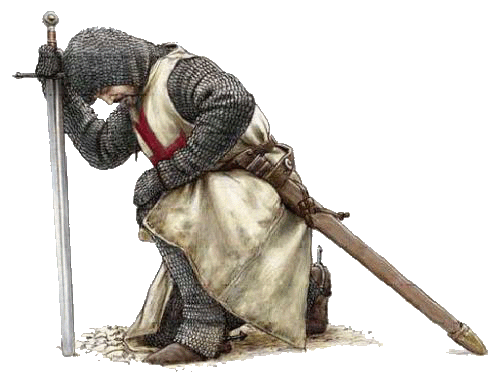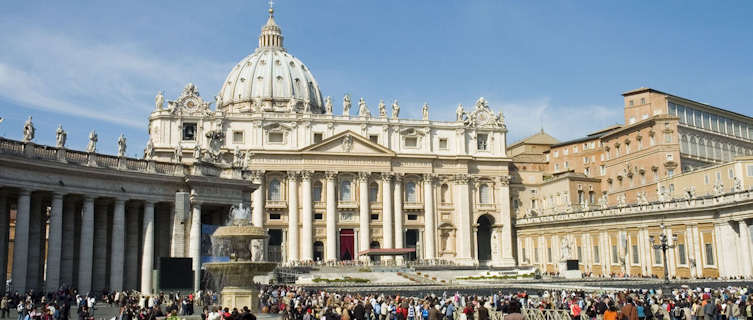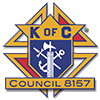
We Are Called…to Serve

[dropcaps]A[/dropcaps]pril was an auspicious month for the church. For the first time in history, two popes were canonized at the same ceremony. Additionally, earlier in the month, Pope Francis canonized three additional saints from the western hemisphere. I recall when I was in elementary school, we were waiting for the first saint to be named from North America.
In one of the articles I read recently, a reporter asked a Vatican official just how many saints are there. The response was, “Over 10,000.” If they don’t know, I guess no one really knows. I remember at one time the list was reduced by several hundred as the Vatican announced these were people who may have indeed led holy lives or had been martyred for the faith but lacked the other criteria for canonization. About that time, my cherished St. Christopher statue fell off the dashboard of my car.

It appears that in times past, local communities could declare someone a saint; hence the “over 10,000” response. There was enough hue and cry among the faithful after the list of “no longer saints” was published that some of those that had been demoted were “reconsidered” and returned to the list.
In no way am I an authority on what qualifies a person for sainthood. The qualifications seem to shift from century to century. I know that somewhere in those few acres in Rome, there is an office responsible for reviewing all the petitions presenting candidates for canonization. Eventually, some monsignor or cardinal will present the petition to the Pope with a recommendation and the Pope will ultimately decide one way or the other and the list of “over 10,000” may increase by one more individual.
In my mind, I liken it to putting a notary seal on a birth certificate. The fact exists and the church is finally recognizing that a saintly person really was/is a saint. I have learned that the Pope can canonize a person without any review at all. After all, the Pope is infallible in matters of faith, and sainthood falls under that heading.
 No matter how many saints there are, I feel that each and every one of them shared a common calling. Shortly after joining the Knights, I received this pin. The pin has the likeness of our founder, the Venerable Father Michael J. McGivney, and the words, “We are called.”
No matter how many saints there are, I feel that each and every one of them shared a common calling. Shortly after joining the Knights, I received this pin. The pin has the likeness of our founder, the Venerable Father Michael J. McGivney, and the words, “We are called.”
Just as the prophets of the Old Testament, just as Christ’s disciples, just as all the saints, and just as the knights of the Middle Ages were called, so, too, are we as Knights of Columbus called; called to serve. Called to serve the needs of our family, our council, our parish and our community.
Family is rightly our first concern. It was to preserve the families of our deceased or incapacitated members that we were first organized in 1882.
Our Council should be our second priority, for if we serve our council, we reinforce our pledges of unity and fraternity. By serving our local council, we also serve our state and Supreme councils.
Our third calling is service to our parish. It is within our parish that we express our faith. It is the source of our future brothers. We have all heard that the building across the parking lot is not the church. The church consists of the community of the faithful who express the outward signs of our faith within those walls. Our faith is not just the expression of our beliefs. It is, in fact, a way of life.
 We also owe service to our community. This service is the outward sign of our faith. How we act, what we do, the way we live our lives in our community sets the example and creates the impression of our faith to non-Catholics.
We also owe service to our community. This service is the outward sign of our faith. How we act, what we do, the way we live our lives in our community sets the example and creates the impression of our faith to non-Catholics.
Do not expect to be called in the same manner as Samuel, but be prepared to answer the call as he did: “Here I am, Lord.”
My brothers, a thousand years ago, the predecessors of our Order were called to serve the church. So, too, are we called to serve not with shield and sword but with charity, faith and service.

